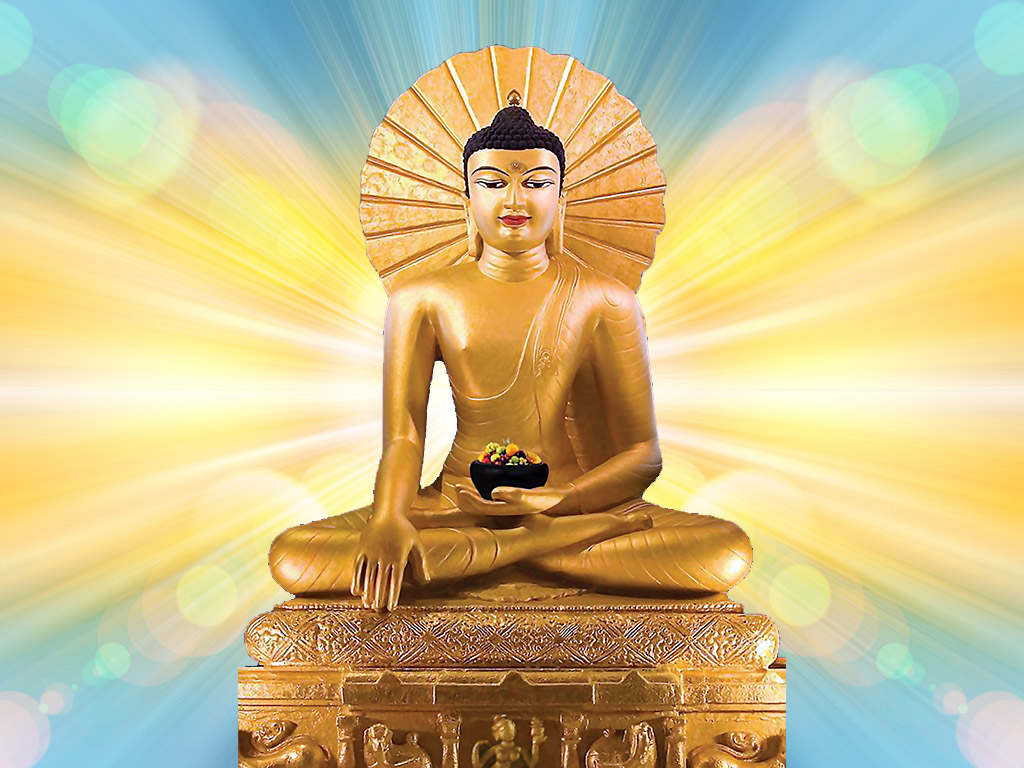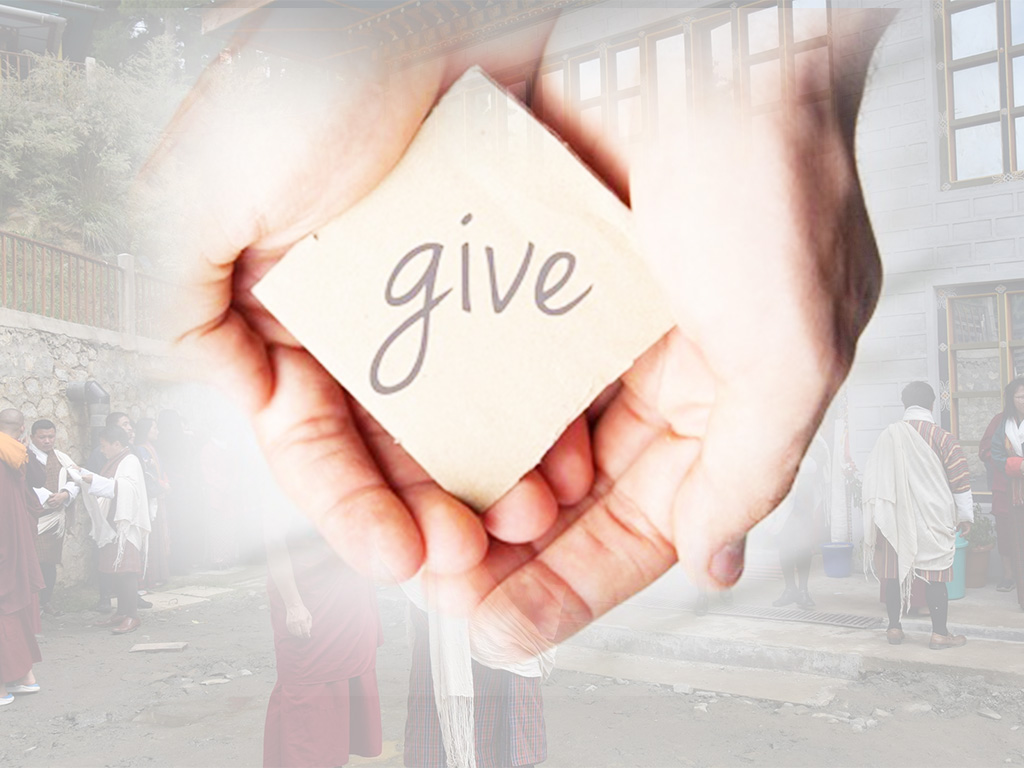
The Life of Buddha Shakyamuni
In 563 or 566 B.C.E., Lord Buddha was born as a prince to King Shuddhodana and Queen Mayadevi in the noble family of the Shakya clan, in a very beautiful Lumbini Grove, which lay in the foothills of the Himalayas (in present-day southern Nepal). The prince’s father, King Shuddhodana, named his son Siddhartha. He was a member of the Kshatriya, or royal warrior caste, and his clan lineage, the Gautamas, was ancient and pure. His mother was Mahamaya or Mayadevi, daughter of a powerful Shakya noble, Suprabuddha. Before the conception of Siddhartha, Queen Mahamaya dreamed that a white elephant, extraordinary and utterly beautiful, entered her body. Soon after the birth, soothsayers predicted that the young prince would become either a Chakravartin, a universal monarch, or an “awakened one,” a buddha. So, from the very beginning of his birth, he showed signs of perfection. READ MORE

About Yuthok Tendar Traditional Medicine Service Centre
Buddha Shakyamuni (popularly known as the Buddha or Lord Buddha) taught the supreme methods of preparing medicine to Dakini at the charnel grounds in the sublime land of India. In turn the Dakini taught the condensed teachings of this supreme method to the fortunate fifty-eight (58) mahasiddhas in the eastern part of India. Thereafter, these great mahasiddhas transmitted the teachings to Guru Padmasambhava (Guru Rinpoche) in the charnel grounds of Sitavana (Siwa Tsel), duly accompanied by elaborate offerings of Ganacakra ceremony. Subsequently, Guru Rinpoche hide these sacred teachings at Draker Da Dro of Phugring in Lhodrak Kharchu, Tibet. Later, the destined and fortunate one Tsang Nyang Rowa Jaben Dorji Wangchuk Yoedbar, who was a highly learned master, especially having perfected the practices of Yangphur Sadhana, discovered these concealed teachings. READ MORE

Traditional Medicine In Bhutan
Traditional medicine in Bhutan is known as gSo-ba Rig-pa and is one of the oldest surviving medical traditions in the world. Other medical systems, such as Chinese medicine, Indian Ayurvedic medicine, Unani medicine, Greco-Roman medicine and the country’s rich cultures and traditions have greatly influenced the way traditional Bhutanese medicine evolved. However, Buddhist philosophy remains the mainstream of this medical system. gSo-ba Rig-pa’s principles are based on the perception the human body is composed of three main elements: rLung (‘Air’), mKhris-pa (‘Bile’) and Bad-kan (‘Phlegm’).
When these three elements are balanced in the body a person is said to be healthy. The pathophysiology is also different from other medical systems, and the close link to Buddhism is reflected in the spiritual dimensions and the perception that all suffering is caused by ignorance. READ MORE

Make someone’s life by giving of yours
Yuthok Tendar Traditional Medicine Service Center under Kharchu Monastery at Bumthang was established on October 4, 2019, coinciding with the 6th day of the Eighth Lunar month of the Earth Pig Year, with the observance of “five auspiciousness” inaugural events including the performance of Ganachakra feast offerings based on the Yuthok Nyingthik lineage tradition.
Thereafter, the Khenpos had been running the hospital on a daily basis to further the cause of traditional medicine practice, which provides free medical services for monks and residents. This is in keeping with the past tradition in which Physician (Drungtso) Thupten Gayleg established such a hospital in Lhodrak Kharchu in Tibet benefitting numerous beings.
We effort to serve everybody by anything we have. If you think our works meaningful, you can help us with a lot of ways. READ MORE

